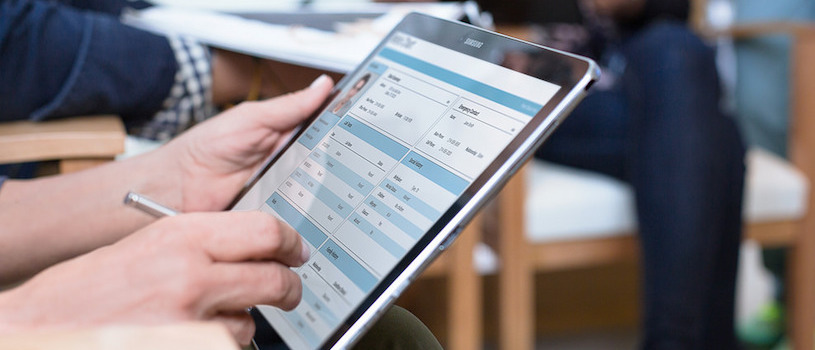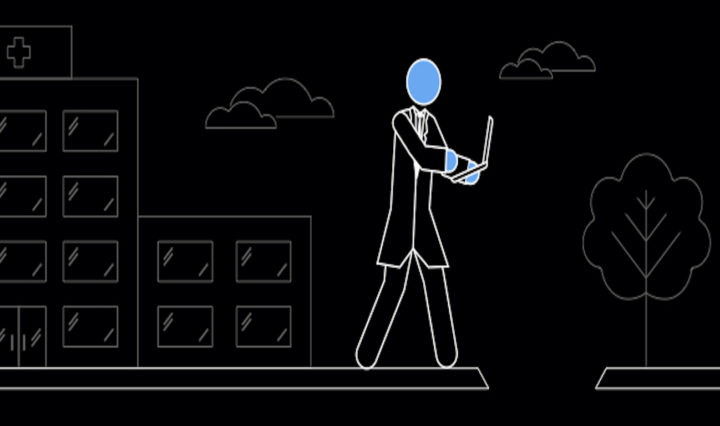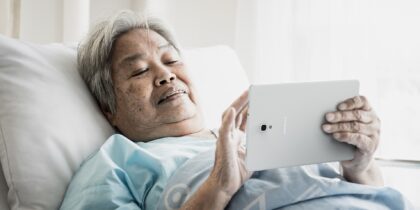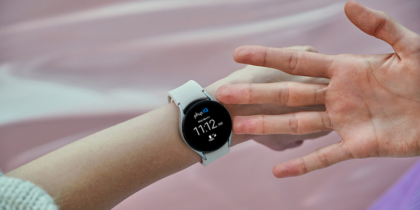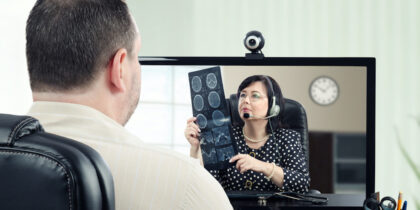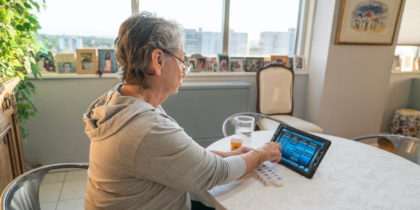As the patient experience evolves, hospitals and doctors are looking to enhance communication and patient satisfaction — in the hospital or clinic, and in between visits. Modern healthcare leaders know communications technology is a big part of the equation, but they have limited resources and so many options. Not long ago, telemedicine simply meant healthcare delivered over the phone. Today it means many things: from virtual visits, to file sharing, to remote patient monitoring and mobile health apps.
Together, telehealth solutions comprise a global market worth $18.2 billion in 2016, according to Zion Market Research, which expects that number to reach $38 billion by 2022.
So, what is telehealth? And why have many providers been slow to adopt the technology patients value most?
What Is Telehealth Technology?
That depends on who you ask. States are beginning to adopt their own formal definitions and policies. The federal government — via the Health Resources and Services Administration — defines it as “the use of electronic information and telecommunications technologies to support long-distance clinical healthcare, patient and professional health-related education, public health and health administration.”
California-based Center for Connected Health Policy (CCHP) puts it a bit more simply: “Telehealth encompasses a broad variety of technologies and tactics to deliver virtual medical, health and education services. Telehealth is not a specific service, but a collection of means to enhance care and education delivery.”
According to CCHP and other members of the National Consortium of Telehealth Resource Centers, telehealth includes:
- Live video (synchronous): Real-time, two-way interaction between a person (patient, caregiver or provider) and a provider using video conferencing technology.
- Store-and-forward (asynchronous): Transmission of recorded health history (such as pre-recorded videos, X-rays or photos) via a secure electronic communications system to a practitioner — for example, from a primary physician to a specialist for a consultation.
- Remote patient monitoring (RPM): Medical data collection from an individual in one location via electronic communication technologies, such as wearables or mobile devices, which is transmitted to a care provider in a different location.
- Mobile health (mHealth): Healthcare data collection, communication and patient education supported by mobile devices such as smartphones, tablets and consumer-grade wearables.
Improve Patient Care With the 2-in-1
Learn how to maximize mobile productivity in healthcare in this infographic. Download Now
Together, these technologies help modern healthcare organizations provide the personalized, connected experience that consumers now expect from businesses, and want from their healthcare. Providers attract and retain tech-loving patients, while also empowering physicians with data and educational tools that lead to better health outcomes and reduced readmission rates.
5 Telehealth Misconceptions
Not only are patients open to telehealth technology; many prefer it. For instance, 20 percent would switch their current primary care provider for one that offers telehealth visits, according to a recent American Well survey. Though most providers aren’t offering video visits yet, 71 percent have adopted some telehealth solutions, according to HIMSS Analytics.
What’s keeping providers from going “all in” with telehealth?
These myths hinder telehealth progress:
1. Telehealth Removes the “Human” Element
That’s often true. Physicians can’t conduct physical exams via video, and being in the same room with patients is important for relationship building. However, not every patient requires a physical exam during every visit.
Done right, telehealth can extend the doctor-patient relationship and ensure continuity of care. Because virtual visits are more convenient for patients, fewer patients get lost to follow-up. And when telemedicine is integrated into a health system, patients can get care 24/7 from providers with access to their medical records.
2. Telehealth Technology Is Complex
Many healthcare organizations are still reeling from the introduction of electronic health records (EHR). Thankfully, telehealth isn’t nearly as complicated as EHR. Many video conferencing and RPM solutions rely on consumer-grade devices, which staff and patients already know how to use. As for implementing and staffing virtual clinics and RPM programs, those tasks can be outsourced to existing telemedicine provider networks.
3. Telehealth Can Be Hard to Bill
Traditionally, this was true. Neither care providers nor insurers knew how to handle reimbursement. Recognizing the importance (and inevitability) of this technology in healthcare, many states now have formal telehealth definitions and reimbursement policies. Currently, 48 states and Washington, D.C. provide Medicaid reimbursement for some form of live video, 13 states cover store-and-forward fees and 22 states cover RPM. Nine states — Alaska, Arizona, Hawaii, Illinois, Minnesota, Mississippi, Missouri, Virginia and Washington — reimburse for all three.
4. Telehealth Is Costly
The price depends on the solution, and not every organization needs the most sophisticated technology to accomplish their goals. Many telehealth solutions, particularly those using consumer-grade devices, are more affordable. Telehealth technology also improves cash flow for most providers by reducing appointment cancellations, monetizing after-hour consultations and helping to attract and retain patients.
5. Telehealth Isn’t Secure
That depends on the technology provider. Device manufacturers and software developers that specialize in healthcare understand the importance of device and data security to protect patient privacy. Many telehealth options are HIPAA-compliant. For example, Samsung Galaxy smartphones and tablets come with Samsung Knox security, which has been certified by HIPAA.
Misunderstandings and lack of information shouldn’t stop healthcare providers from adopting technology that enables truly connected care. As consumer technology advances, users will expect the same level of connectivity throughout all aspects of their daily lives, including technology in healthcare.
Explore cutting-edge healthcare technology in more depth by checking out our full line of healthcare solutions.
